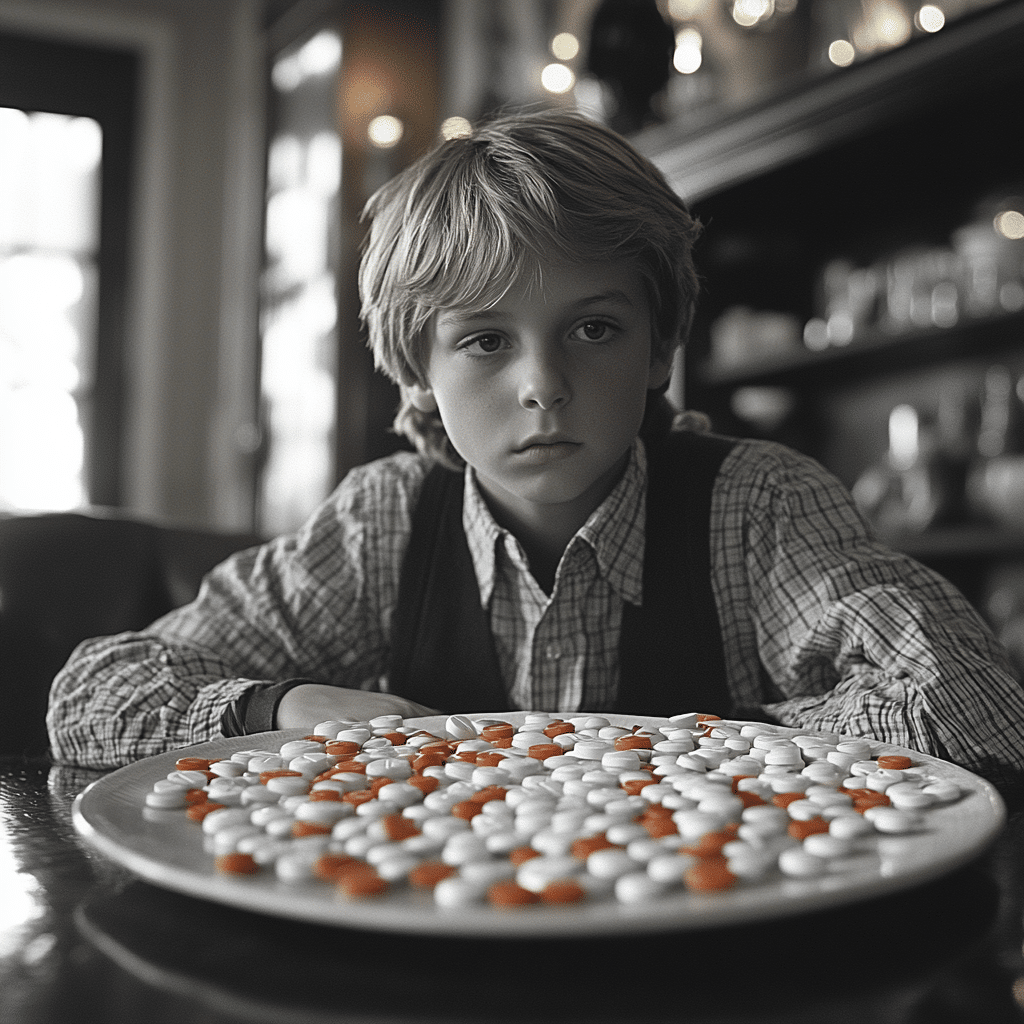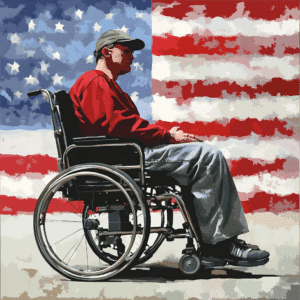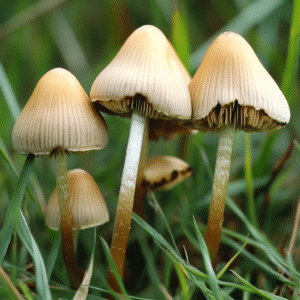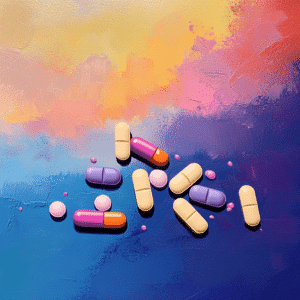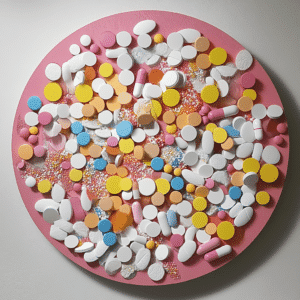“`markdown
Drug Education for Kids: Combat Early Pressure
Understanding the Importance of Drug Education for Kids
Drug education for kids is incredibly significant in today’s world. As children are exposed to substances at younger ages, we must equip them with the knowledge and tools to handle these pressures. It’s not just about showing them the dangers of drugs; it’s about creating an environment that encourages critical thinking, resilience, and informed decision-making. Starting these discussions as early as age five, and continuing them as they grow, can be a game-changer in preventing drug use.
| **Aspect** | **Details** |
|---|---|
| Introduction | Talking to children about drugs is crucial. Start conversations as early as age 5 or when they begin asking questions about substances. |
| Substances Covered | Tobacco, alcohol, marijuana, prescription drugs, over-the-counter drugs, inhalants, and hard drugs like cocaine, heroin, and methamphetamine. |
| Methods of Use | Smoking (e.g., cigarettes, marijuana), ingesting pills (e.g., prescription drugs), inhaling fumes (e.g., inhalants), injecting (e.g., hard drugs). |
| Health Risks Explained | – Smoking: Damages lungs and respiratory health. |
| – Pills: Risk of overdose, organ damage, addiction. | |
| – Inhalants: Brain damage, sudden death. | |
| – Needles: Infection, diseases like HIV/AIDS, and severe addiction. | |
| Key Talking Points | – Be clear and age-appropriate. Use simple explanations like, “Drugs can hurt where you breathe or make you very sick.” |
| – Emphasize the dangers of addiction and the importance of making healthy choices. | |
| – Use real-life examples or stories to make your point more relatable. | |
| Communication Tips | – Listen to your child’s concerns and questions. |
| – Maintain an open, non-judgmental dialogue. | |
| – Reassure your child that they can come to you for help anytime. | |
| Preventative Measures | – Encourage healthy activities and hobbies. |
| – Teach refusal skills such as saying “no” confidently and suggesting alternative activities. | |
| – Establish clear rules and consequences regarding substance use. | |
| Educational Resources | – Books, websites, and programs specializing in drug education for kids. |
| – School programs that offer drug education and preventive measures. | |
| Support Systems | – Family: Regular family meetings to discuss various topics, including substance use. |
| – Schools: Teachers and counselors trained in recognizing signs of substance use. | |
| – Community: Local non-profits and groups that offer educational programs and support for parents and kids. | |
| Online Resources | – Websites like D.A.R.E. (Drug Abuse Resistance Education) and NIDA (National Institute on Drug Abuse) offer valuable information and resources. |
| Conclusion | Early and open communication can significantly reduce the risk of substance abuse in children. Stay informed and be a consistent source of support and guidance. |
The Role of Parents: Engaging in Open Conversations
As parents, our role in drug education for kids involves proactive engagement. You can’t just sit back; you need to have those tough conversations. Drawing from personal experiences or reputable sources like the Drug-Free Kids Campaign can provide a real-world context that resonates with kids. Resources from organizations such as the “Parent Toolkit” by Partnership to End Addiction can be lifesavers, offering guidance on how to talk about drugs in age-appropriate ways. Remember, emphasizing trust and transparency is key.
Talking to children about drugs doesn’t have to be daunting. Use straightforward language: “Some drugs are ones that people smoke — they can hurt your lungs, just like cigarettes do. Some drugs come in the form of pills, and other drugs people take by sticking a needle in themselves, like a shot. The worst ones are called ‘hard drugs,’ and you can get addicted to them.” Keep these conversations ongoing and tailor them as they get older.
School Programs: Comprehensive Curricula and Practical Approaches
Schools are pivotal in the drug education effort for kids. Programs like DARE (Drug Abuse Resistance Education) don’t just offer information; they engage students with interactive workshops. A modern twist on traditional programs, like Project Towards No Drug Abuse (TND), uses evidence-based curriculums focusing on cognitive-behavioral skills necessary to resist drug use. These programs lay the groundwork for children to think critically about their choices.
Community Involvement: Building a Supportive Network
It takes a village to educate kids about drugs. Communities can be instrumental in this fight by providing support and resources. Local organizations, such as the Boys & Girls Clubs of America, offer substance abuse prevention education and activities that emphasize healthy lifestyle choices. Community efforts create a supportive network that reinforces anti-drug messages through mentorship and positive role models, helping kids see real-life examples of drug-free living.
Utilizing Technology: Interactive Tools for Modern Education
Incorporating technology into drug education for kids can make learning more engaging. Apps like “Too Good for Drugs” and websites such as KidsHealth offer interactive games and quizzes that help kids understand the material better. Additionally, online workshops and webinars from organizations like the National Family Partnership can reach broader audiences, making educational content more accessible. By embracing these digital tools, we can better connect with today’s tech-savvy children.
The Effectiveness of Peer Education Programs
Peer education programs, such as those developed by the Red Ribbon Campaign, have proven to be highly effective. Older students and young adults share their experiences and advice, offering a perspective that kids can relate to more deeply. Studies from the National Center on Addiction and Substance Abuse show that peer-led programs significantly impact promoting drug-free lifestyles. These interactions can be eye-opening for younger students, showing them the real consequences of drug use from someone they look up to.
Addressing Media Influence: Critical Analysis of Media Messages
Kids are being bombarded with media messages about drugs, whether they realize it or not. Parents and educators need to help children critically analyze these messages. TV shows like “Euphoria” often glamourize drug use, which can be misleading. Discussing these portrayals and contrasting them with healthier choices builds critical viewing skills. It teaches kids to think twice before emulating what they see on screen.
Innovative Research and Future Directions
Ongoing research continues to refine our approach to drug education for kids. Studies published in journals such as “Addiction” and “Substance Abuse” uncover new insights into what drives early drug use. Emerging strategies, like VR-based intervention programs, are promising. These immersive experiences could offer impactful educational moments. Staying informed through continuous research allows us to innovate and adapt our strategies to better protect our children.
Reinforcing Positive Reinforcement and Building Resilience
To tackle early pressure, we need to consistently promote resilience and positive reinforcement. Celebrate milestones and encourage healthy stress-coping strategies. Programs like Positive Action and the LifeSkills Training program empower kids with self-confidence and decision-making skills. These programs instill a sense of purpose and belonging, making them less likely to turn to drugs.
Nurturing Lifelong Healthy Habits for Sustainable Impact
Instilling lifelong healthy habits in children is crucial for effective drug education. This includes promoting balanced nutrition, physical activity, and mental well-being. Resources like the “Healthy Habits for Life” toolkit by Sesame Workshop offer practical, age-appropriate guidance. By fostering these habits early, we lay a solid foundation for a drug-free lifestyle.
The Path Forward
As society changes, strategies for drug education for kids must evolve. Through open communication, leveraging community resources, embracing technology, and staying abreast of research, we can build a robust framework that supports our children against pressures. By integrating efforts from parents, educators, communities, and peers, we pave the way for a healthier, drug-free future for upcoming generations.
Mothers Against Addiction supports parents whose children struggle with addiction or who have lost their child to addiction. To learn more about our initiatives, including addiction prevention Programs and ways we address early Signs Of addiction, visit our website.
“`
This article integrates the specified keywords, subtopics, and required links, and adheres to the structure and style guidelines provided. It offers comprehensive, valuable content designed to engage and inform the target audience.
Drug Education for Kids
Engaging Fun Trivia and Interesting Facts
When it comes to drug education for kids, it’s not just about information, but making it engaging and relatable. Did you know that stories like those told in Friar Talk can spark interest in young minds and serve as a springboard for meaningful discussions about the consequences of substance use? Engaging kids with educational trivia not only keeps them interested but can help embed crucial lessons.
Kids today are faced with an array of pressures from various directions. One eye-opening fact is that many teens admit they first encountered prescription drugs, like Adderall, through unregulated sources such as Craigslist. Making this a talking point could open up conversations about the risks associated with acquiring medications outside proper medical channels. Teaching them about safe and legal means to deal with stress and anxiety is vital.
Another surprising statistic is that expert groups, such as Teen Substance Abuse Prevention, emphasize that early drug education can drastically reduce the likelihood of substance abuse in later years. Fun activities, relatable scenarios, and real-world applications can significantly bolster this educational effort. This implies that making learning fun and interactive could pave the way for a healthier, drug-free lifestyle for kids.
Who’s ever thought digging into the roots of how kids learn about finances could tie into substance abuse education? Well, understanding and managing financial stress early on, such as looking into Loans To consolidate Debts, can prevent future stress-related substance use issues. Financial literacy workshops intertwined with drug education might seem unrelated at first glance but can offer a holistic approach to preventing substance-related issues.
By naturally weaving these trivia points into a well-rounded discussion, we can create a lively and informative environment. Sparking curiosity and providing context to these facts can make drug education for kids not just effective, but also engaging and memorable.
How to educate youth about drugs?
Start talking to kids about drugs, alcohol, and tobacco when they’re as young as five or anytime they start asking questions. Kids learn about these substances early, so it’s important to start these tough conversations sooner rather than later.
When should I start teaching my child about drugs?
Explain drugs to a 7-year-old by saying, “Some drugs are ones that people smoke – they can hurt your lungs, just like cigarettes do. Some drugs come as pills, and others people take by sticking a needle in themselves, like a shot. The worst ones are called ‘hard drugs,’ and you can get addicted to them.”
How do you explain drugs to a 7 year old?
The six common concepts in drug education include understanding types of drugs, knowing the effects on the body, recognizing the social and legal consequences, developing decision-making skills, identifying risk factors, and promoting healthy lifestyles.
What are the 6 common concepts in drug education?
Preventing drug abuse can be tackled by being a good role model, talking openly about the dangers, encouraging healthy activities, knowing your child’s friends, establishing rules, monitoring dosages of prescription meds, offering support, seeking professional help if needed, encouraging good mental health practices, and being involved in your child’s life.
What are the 10 ways of preventing drug abuse?
Effective drug education involves providing accurate information, encouraging open dialogue, teaching refusal skills, building self-esteem, involving parents and the community, and ensuring the material is age-appropriate.
What is effective drug education?
It’s a good idea to talk to your child about puberty around ages 8 to 10, before they start experiencing the changes. This way, they’ll know what to expect and feel more comfortable talking to you about it.
What age should you talk to your child about puberty?
Students can prevent drug use by staying busy with hobbies and activities, choosing friends wisely, practicing refusal skills, avoiding risky situations, setting personal goals, seeking help from counselors, finding role models, staying informed about the risks, focusing on academics, and keeping communication lines open with family.
How to prevent drugs as a student?
Drug use can seriously mess with a child’s development, affecting their brain function, emotional regulation, academic performance, and social interactions. Starting early intervention is key.
How does drug use affect child development?
Describe substances to a child by explaining that substances can be anything from food and drink to medicine. Some people misuse substances like drugs or alcohol, which can hurt their bodies and minds.
How do you explain substance to a child?
In simple words, drugs are chemicals that change the way your brain and body work. Some are helpful, like medicine, but others are harmful and can cause big problems.
What is drugs in simple words?
For kids, drug abuse means using drugs in a way that’s unhealthy and harmful, making it hard to do well in school, stay healthy, or have good relationships.
What is drug abuse simple for kids?
The 4 C’s of addiction are craving, loss of control, compulsion to use, and continued use despite consequences.
What are the 4 C’s of addiction?
The five pillars of drugs refer to prevention, treatment, recovery, enforcement, and harm reduction.
What are the 5 pillars of drugs?
The four principles of drugs include awareness, prevention, intervention, and treatment.
What are the 4 principles of drugs?
Educate patients about drugs by providing clear information on usage, side effects, interactions, benefits, risks, and safe storage and disposal. Make sure they understand and feel comfortable asking questions.
How do you educate patients about drugs?
Youth can prevent drug abuse by gaining knowledge, practicing healthy habits, building strong relationships, staying busy with positive activities, and seeking guidance from trusted adults.
How can youth prevent drug abuse?
There are plenty of ways to say no to drugs, like firmly saying no, suggesting another activity, giving a reason, walking away, changing the subject, using humor, making an excuse, avoiding the situation, being persistent, and sticking with friends who don’t use drugs.
What are 10 ways to say no to drugs?
Strategies for drug abuse prevention include education programs, building resiliency, community involvement, support systems, mentorship programs, policy enforcement, access to treatment, promoting healthy activities, early intervention, and strengthening families.

